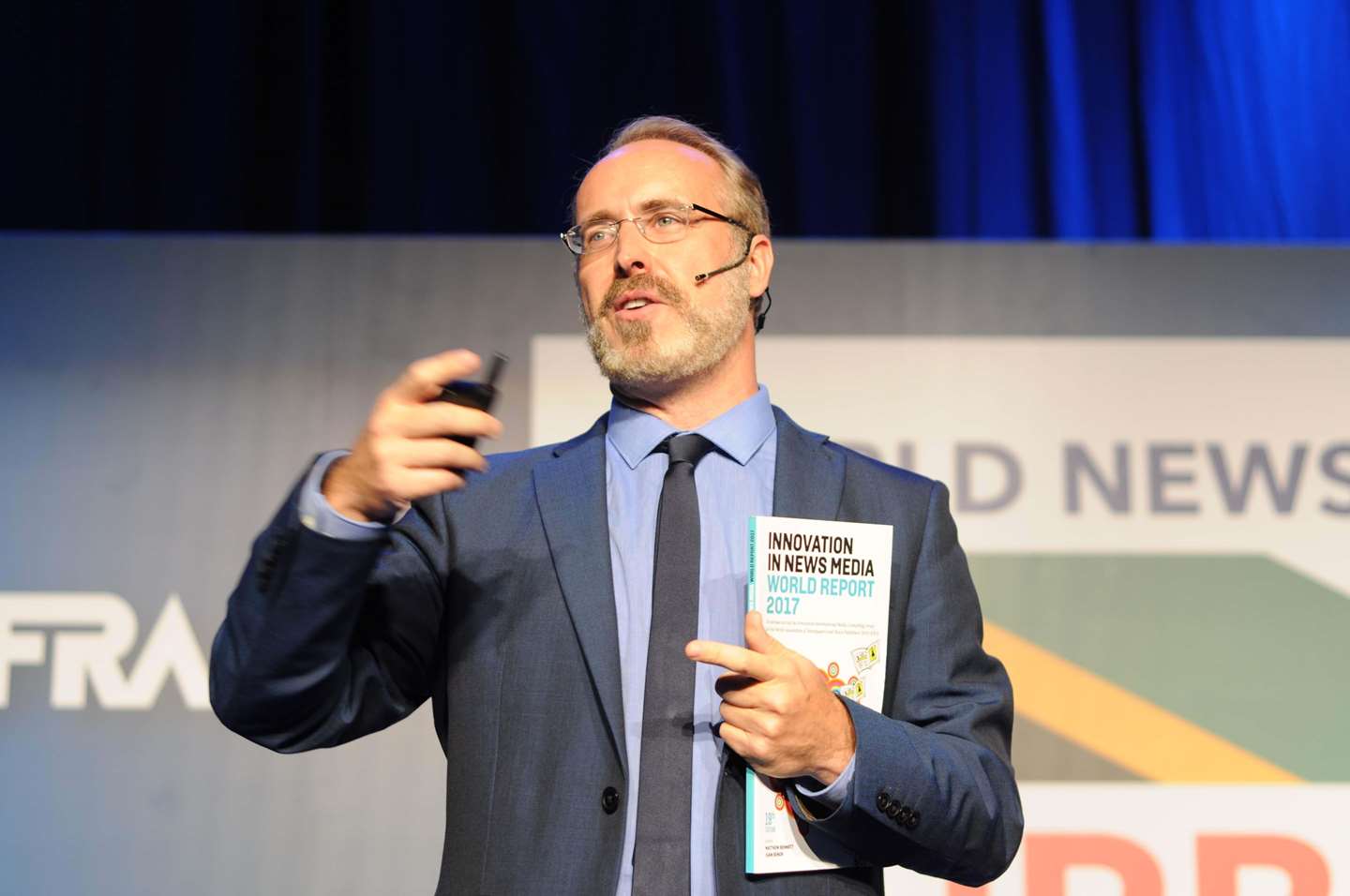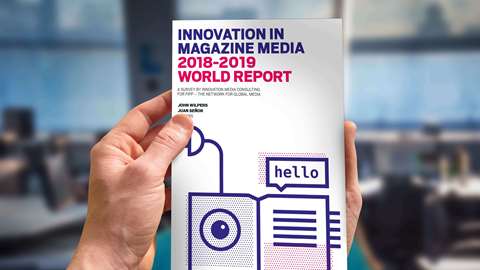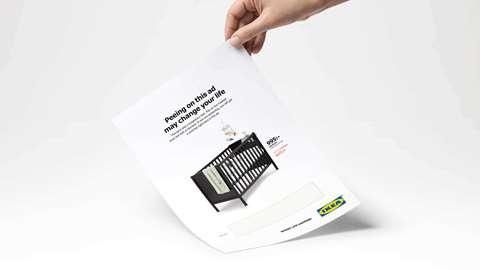The power of print at a glance
- From circulation to frequency, there’s no point in flogging the same tired old horse.
- Print has to be reinvented as the premium choice – and a pricey one at that.
- Don’t buy into the digital frenzy – print is the antidote to fake news and fraudulence.
Is print dead? Nope. Are advertisers still bedazzled by digital? Absolutely. Is the Google/Facebook duopoly here to stay? Don’t think so.
Print evangelist, president of INNOVATION Media Consulting – the leading global media consultancy firm based in London – and Cannes Lions presenter Juan Senõr talks disruption, displacement and “tremendous, tremendous fraud” in our no-holds-barred chat about the past, present and future of print media. Buckle up.
- Print is dead? Just a fable, folks…
As new technologies arise, we love to conjure up and highlight fables (remember the paperless offices from the ‘80s?) – including the idea that print is dead. It’s not, dammit.
The notion that one medium kills another is simply not true. Sure, platforms of distribution die: the telegraph, the fax machine… and perhaps, soon, even certain forms of telephony.
And if print were a platform, I’d say: “Yes, it’s dead. RIP print.” Because there’s no language there – no medium. It’s just a distribution platform. Unfortunately, many of us mistake the two.
But print, as a medium, has permanence. It’s eternal.
- Print will find its place – when digital discovers its own language
When films arrived on the scene many years ago, there was talk that theatre would die. But really what we saw was this transition through disruption.
The first films were actually recordings of Shakespearean plays. The first news broadcasts were really no different to radio – think Edward R Murrow smoking a cigarette on set.
Often, we revert to a kind of “skeuomorphism”, translating the language of an old medium into a new one. We’ve seen this repeatedly throughout history – and for 25 years or more in digital.
It applies to print too: we’ve transported this wildly successful, text-based medium online – and once digital finally finds its own language, print will rediscover its future within that mix.
- Displacement beats replacement
First comes disruption, then displacement. You already see this with the web, which has moved into the newspaper space. And with newspapers, which have moved into the magazine space.
Look at The New York Times International Edition, which, in terms of content proposition and format, is now more of a daily magazine.
The fact is, you can’t keep flogging the same, tired old horse and not reinvent your product.
The Glamour magazines of today… they complain they’re shutting down. Well, of course they are. Their traditional print offering hasn’t evolved – and honestly, I don’t need them now that they’re online.
- Premium means pricier
Within the print space, the “play” is to make it ever-more premium.
Take Versace. It produces very few dresses in the £100,000 to £125,000 price bracket, yet these remain its flagship product. But if you don’t make that haute couture investment, those magical dresses for the red carpet, you cannot build the rest of your business.
Print has to be reinvented as the premium choice, to have “rippability” and beautiful design, in a larger format; and to be a keepsake.
And when you make it premium, it must be pricier. We calculate a multiple of five times what it costs now. Put it this way: if you want a sailing boat in the age of the motor engine you have to pay for it, right?
- Flat is the new up
Everybody’s talking about the decline in print circulations.
And, yeah, they will decline. Anybody who pretends they won’t, who’s still hanging on to the golden age of mass circulation and mass sales, is either naïve or nostalgic – and doesn’t know how to reposition print for profit.
But they’re not falling off a cliff edge. Eventually, circulations will flatten out at a stable, but still lucrative, level.






